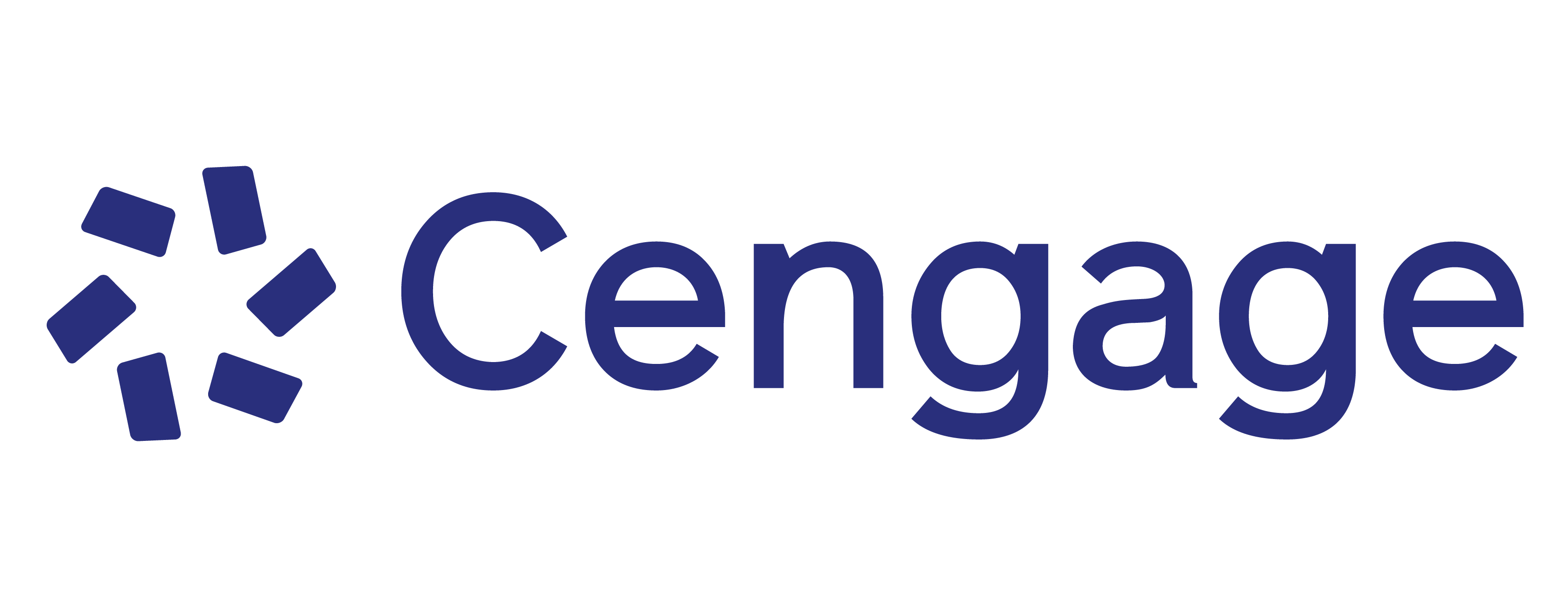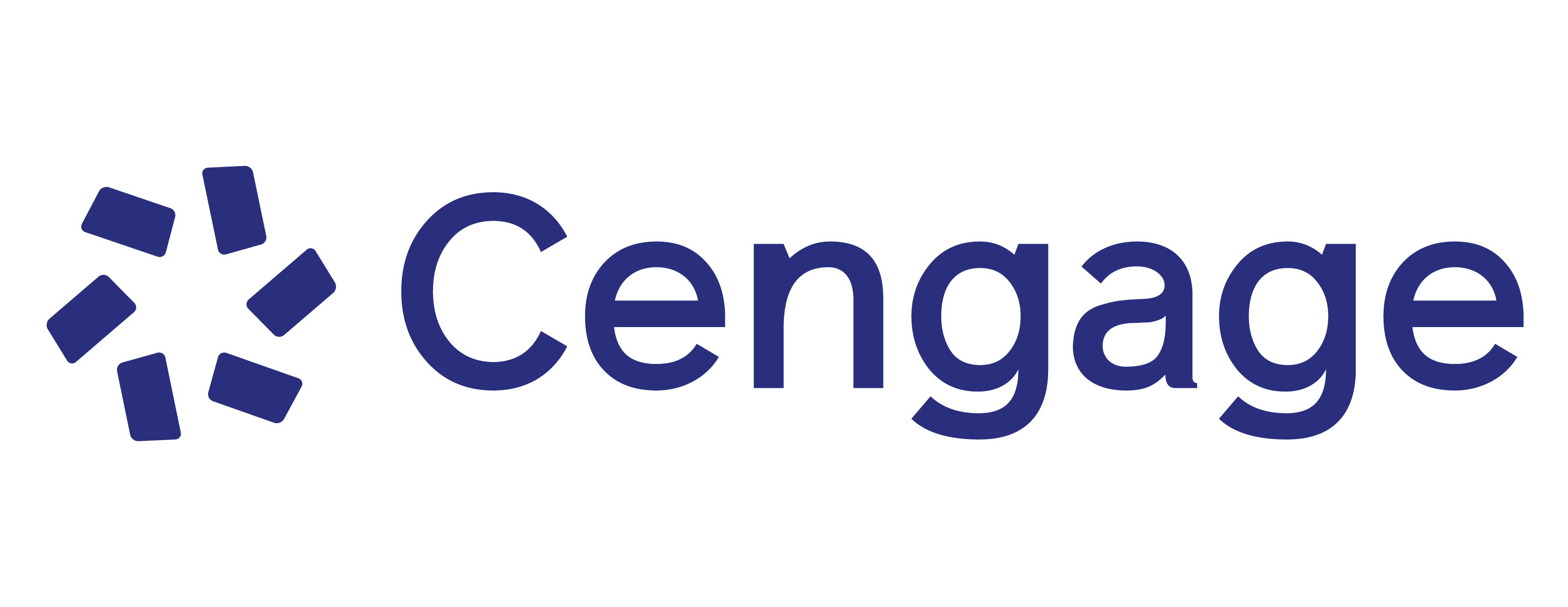Encouraging you to be an inventive thinker and writer, THE COMPOSITION OF EVERYDAY LIFE, CONCISE, illustrates how the act of writing is connected to your daily life as it helps you rediscover concepts, uncover meaning, and rethink the world around you. The fifth edition offers 13 chapters to help you invent ideas, more than any other text on the market. With more than 35 reading selections by both professional and student writers-many responding to the chapter prompts-this book fully engages you in writing academic essays. This text delivers pedagogy for making meaning and generating writing at the intersection of academic and nonacademic life. It is an excellent preparation for the academic reading and writing activities you will encounter throughout your college experience and well beyond. This edition has been updated to reflect guidelines from the 2016 MLA HANDBOOK, Eighth Edition.
Part I: INVENTION.
1. Inventing Ideas.
The Invention Manifesto: Invention in the Writing Process. Asking Questions. Reading for Rhetoric. How To Use The Composition Of Everyday Life. Inventing Writing Project.
2. Remembering Who You Were.
Readings. “Selling Manure,” Bonnie Jo Campbell. “How I Lost the Junior Miss Pageant,” Cindy Bosley. “The Thrill of Victory . . . The Agony of Parents,” Jennifer Schwind-Pawlak [Student essay]. Invention. Point of Contact. Analysis. Public Resonance. Thesis. Rhetorical Tools. Revision. Reflection. Beyond the Essay.
3. Explaining Relationships.
Readings. “Americans and the Land,” John Steinbeck. “Mugged,” Jim Crockett. “Delicate Friend,” Lauren Jackson [Student essay]. Invention. Point of Contact. Analysis. Public Resonance. Thesis. Rhetorical Tools. Revision. Reflection. Beyond the Essay.
4. Observing.
Readings. “Heart of Sand,” Anne-Marie Oomen. “The Front Porch,” Chester McCovey. “Corpse Colloquy,” Justin Scott [Student essay]. “Red Raiders Fans,” Taylor Perry. Invention. Point of Contact. Observing a Culture: Writing an Ethnography Essay. Analysis. Public Resonance. Thesis. Rhetorical Tools. Revision. Reflection. Beyond the Essay.
5. Analyzing Concepts.
Readings. “World Gone Mad,” Derrick Jensen. “Black Like I Thought I Was,” Erin Aubrey Kaplan. “‘Have It Your Way’: Consumerism Invades Education,” Simon Benlow. “The Real, The Bad, and The Ugly,” Cassie Heidecker [Student essay]. Invention. Point of Contact. Analysis. Public Resonance. Thesis. Rhetorical Tools. Revision. Reflection. Beyond the Essay.
6. Analyzing Texts.
Readings. “The Default Setting: An Analysis of David Foster Wallace,” Adrienne Carr. “Declarations of Transformation,” Sharon Angel [Student essay]. “The Weight of Sanity: A Sample Analysis of Ann Marie Paulin.” Invention. Point of Contact. Analysis. Public Resonance. Thesis. Rhetorical Tools. Revision. Caution: Four Common Pitfalls. Reflection. Beyond the Essay.
7. Analyzing Images.
Readings. “Rise of the Image Culture: Re-Imagining the American Dream,” Elizabeth Thoman. “The Mighty Image,” Cameron Johnson. “An Imperfect Reality,” Rebecca Hollingsworth [Student essay]. Invention. Point of Contact. Analysis. Thesis. Rhetorical Tools. Revision. Reflection. Beyond the Essay.
8. Making Arguments.
Readings. “The Dog Delusion,” April Pedersen. “Cruelty, Civility, and Other Weighty Matters,” Ann Marie Paulin. “Floppy Disk Fallacies,” Elizabeth Bohnhorst [Student essay]. “Whales R Us,” Jayme Stayer. Invention. Point of Contact. Analysis. Public Resonance. Thesis. Rhetorical Tools. Revision. Reflection. Beyond the Essay: The Open Letter.
9. Responding to Arguments.
Readings. “What Orwell Didn’t Know,” George Lakoff. “Entitlement Education,” Daniel Bruno. “Reality Check,” Allison Hester [Student essay]. Invention. Point of Contact. Analysis. Public Resonance. Thesis. Rhetorical Tools. Revision. Reflection. Beyond the Essay: Tattoo Design.
10. Evaluating.
Readings. “Talibanned,” Benjamin Busch. “The Andy Griffith Show: Return to Normal,” Ed Bell. “Star Trek,” Jaren Provo. Invention. Point of Contact. Analysis. Public Resonance. Thesis. Rhetorical Tools. Revision. Reflection. Beyond the Essay: Classroom Evaluations.
11. Searching for Causes.
Readings. “Is Google Making Us Stupid?” Nicholas Carr. “Throwing Up Childhood,” Leonard Kress. “American Consumerism,” Jamie Bentley [Student essay]. Invention. Point of Contact. Analysis. Public Resonance. Thesis. Rhetorical Tools. Revision. Reflection. Beyond the Essay: Photo Essay.
12. Proposing Solutions.
Readings. “Where Anonymity Breeds Contempt,” Julie Zhuo. “Attending to the Word,” Deirdre Mahoney. “Reverence for Food,” Rachel Scofield [Student essay]. Invention. Point of Contact. Analysis. Public Resonance. Thesis. Rhetorical Tools. Revision. Reflection. Beyond the Essay: Comic Strips and Other Media.
13. Thinking Radically: Re-Seeing the World.
Readings. “Celibate Passion,” Kathleen Norris. “An Apology to Future Generations,” Simon Benlow. “Unemployed, and Working Hard,” Simon Wykoff [Student essay]. Invention. Point of Contact. Analysis. Public Resonance. Thesis. Rhetorical Tools. Revision. Reflection. Beyond the Essay: Visual Essay / Collage / Poster.
Part II: RESEARCH.
14. Finding Sources.
Using Catalogs and Databases. Online Catalogs. Periodical Databases. Conducting Interviews. Planning an Interview. Asking the Right Questions. Integrating Interviews into Your Writing. Creating Surveys. Generating Questions. Choosing Respondents. Recording and Using Responses.
15. Analyzing, Synthesizing, and Evaluating Sources.
Developing Critical Literacy. “Just the Facts, Please”-or Maybe Not. “Numbers Don’t Lie”-or Do They? Summarizing and Analyzing Sources. Content. Context. Understanding Common Source Genres. Synthesizing Sources. Assignment: Summarizing, Analyzing, and Synthesizing Sources. Sample Synthesis: Exploring Caffeine Views, by Jim Crockett. Evaluating Sources. Relevance. Reliability. Credibility. Timeliness. Diversity. Evaluating Online Sources. Assignment: Evaluating a Source. Sample Source Evaluation.
16. Integrating and Documenting Sources.
Basic Concepts. Issues to Consider and Discuss. Why Get Information from Sources? When to Get Information from Sources. What Is Inventive Research? Where to Get Information from Sources. What Is Plagiarism? Why Document Sources? What’s a Good Research Topic? Formal versus Informal Documentation. Integrating Ideas from Sources. Summary. Quotation. Special Conditions in Quoting. Organizing Sources. Blending in the Source Information. Documenting Sources. MLA Style. In-Text Citation. Works Cited. Sample Research Essay. APA Style. In-Text Citation. References. Sample Research Essay.
Part III: ORGANIZATION AND DELIVERY.
17. Organizing Ideas.
Beginning. Changing Paragraphs. Integrating Outside Sources. Counterarguing. Separating Problems and Solutions. Concluding.
18. Developing Voice.
Establishing Presence. Building Credibility. Following Conventions.
19. Vitalizing Sentences.
Controlling the Pace. Getting Specific. Cleaning the Language. Experimenting with Patterns.
-
John Mauk
John Mauk has a Ph.D. in rhetoric and writing from Bowling Green State University and a Masters in language and literature from the University of Toledo. Scholarship includes an article on critical geography and composition (COLLEGE ENGLISH, March 2003). Mauk now teaches composition and rhetoric courses at Northwestern Michigan College. In 2007, he served on the NCTE Nominating Committee.
-
John Metz
John Metz has a B.A. in English from Slippery Rock University of Pennsylvania (1983) and an M.A. in English from the University of Toledo (1985). He has taught first-year writing for over 20 years and currently teaches at Kent State University at Geauga in Twinsburg, Ohio.
-
The MLA documentation reflects significant changes in the new MLA HANDBOOK Eighth Edition, published in April 2016.
-
New "Analyzing Texts" chapter: Chapter 6 focuses on rhetorical analysis of a written text, providing instructors with examples and assignments to help students formally think through rhetorical concerns such as audience, use of appeals, and so on.
-
New Part III, "Organization and Delivery": Part III now includes new chapters on organizational strategies (Chapter 17), developing voice (Chapter 18), and creating sentence vitality (Chapter 19). The chapters provide a single place for students to find these strategies, which are useful for all projects in the book.
-
More support for writing "Beyond the Essay": Each writing project chapter concludes with a section to help students consider how the work they have done to invent essays can transfer to other types of writing, including sound recordings, visual presentations, and other multimodal genres.
-
More reading tools: To supplement the existing guidance on how to read an essay and annotated examples, THE COMPOSITION OF EVERYDAY LIFE, Concise, now includes a passage at the beginning of each chapter that prepares students to read for the particular qualities, dimensions, aspects, and moves of that chapter.
-
More attention to the role of invention in revision: The opening pages of Chapter 1 help students better understand how commonly taught steps in the writing process, such as revision, figure into invention-centered writing.
-
More on source evaluation: New coverage integrates evaluation of online sources so that students can see how the principles of relevance, reliability, credibility, and timeliness apply to all source types. In addition, the chapter includes more brief exercises to help instructors gauge students’ understanding quickly. Finally, the sample source evaluation (with annotations and discussion) is on a more accessible topic, binge drinking.
-
New assignments for literacy narratives and ethnographic essays: Chapter 2 ("Remembering Who You Were") and Chapter 4 ("Observing") feature new assignment prompts aimed at helping students write literacy narratives and ethnographic essays, respectively. Chapter 4 also includes a new sample ethnographic essay.
-
New APA sample paper: Chapter 16, "Integrating and Documenting Sources," features a new student essay in APA style.
-
Emphasis on invention: Unlike any other writing guide, THE COMPOSITION OF EVERYDAY LIFE, Concise, offers 13 invention chapters, guiding students to be inventive thinkers and writers. In addition, Point of Contact sections encourage students to slow down and notice the nuances of life around them while considering possibilities for writing topics.
-
Step-by-step invention instruction: Included in each invention chapter, Point of Contact sections help students discover a topic from everyday life. Analysis sections launch them beyond initial thoughts and help them explore the topic. Public Resonance helps students extend the topic outward, to make the topic relevant to a community of readers. Thesis helps you focus students’ thinking and develop a revelatory point. Rhetorical Tools help students support their point with a variety of common strategies.
-
Thorough revision and editing coverage: Peer Review activities specific to each chapter as well as Public Resonance sections illustrate that writing is public in nature and help students shape their writing for their audience. Adding an intensive editing step to the invention process, the new Chapter 19, "Sentence Vitality," explains and illustrates particular strategies for pruning, weeding, trimming, and giving life to students' writing.
-
Beyond the "final" draft: Prompting students into some theorizing about their own language and intellectual moves, the Reflection sections can help students transfer to other writing situations what they have learned while writing a single essay. These activities can also help students identify areas for revision toward a course portfolio.
-
Attractive design in a concise package: THE COMPOSITION OF EVERYDAY LIFE, Concise, still offers the clean and elegant design students and instructors value, but the look and feel is lighter and more approachable.
Online Instructor's Manual for Mauk/Metz's The Composition of Everyday Life, Concise, 5th
9781305110632


